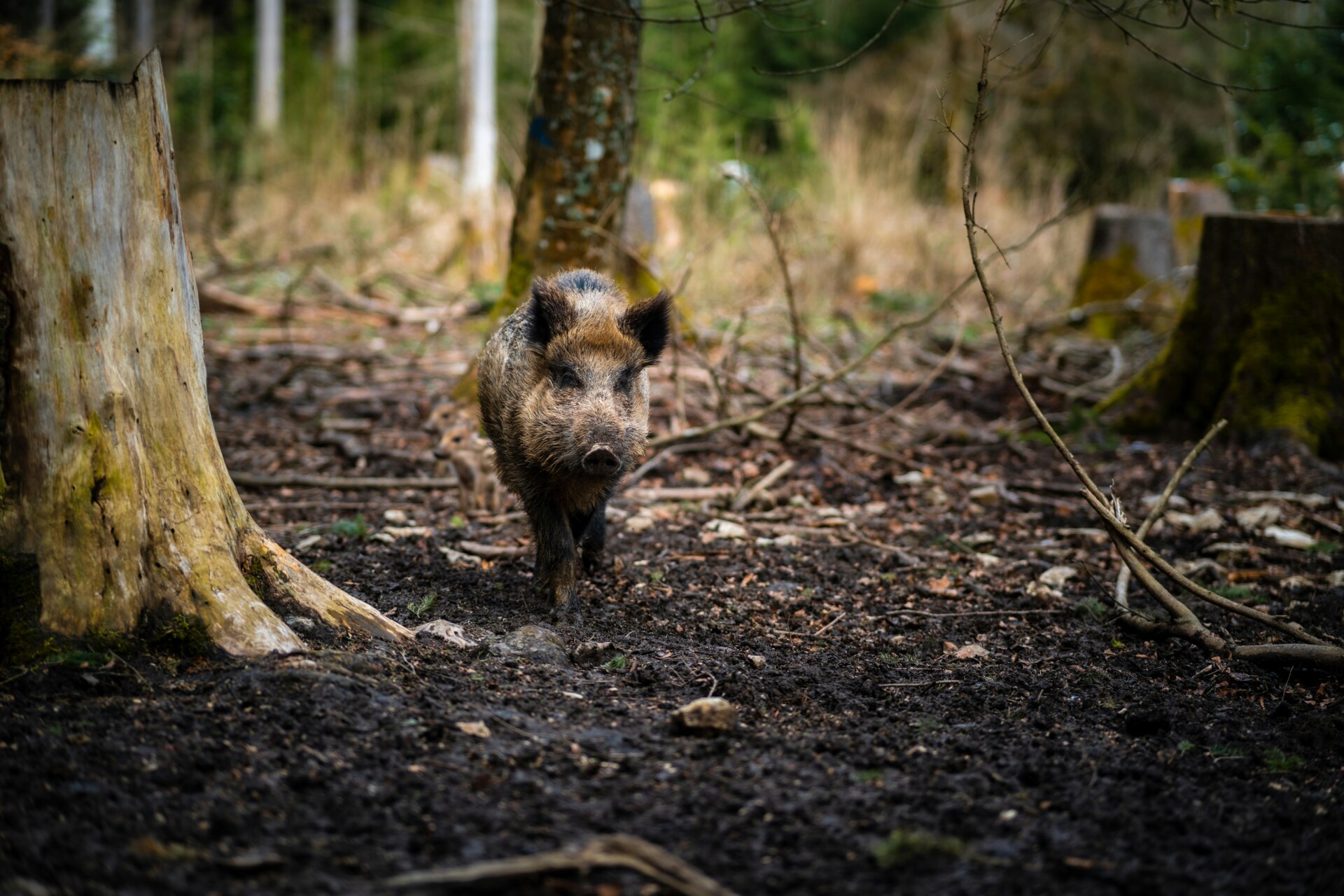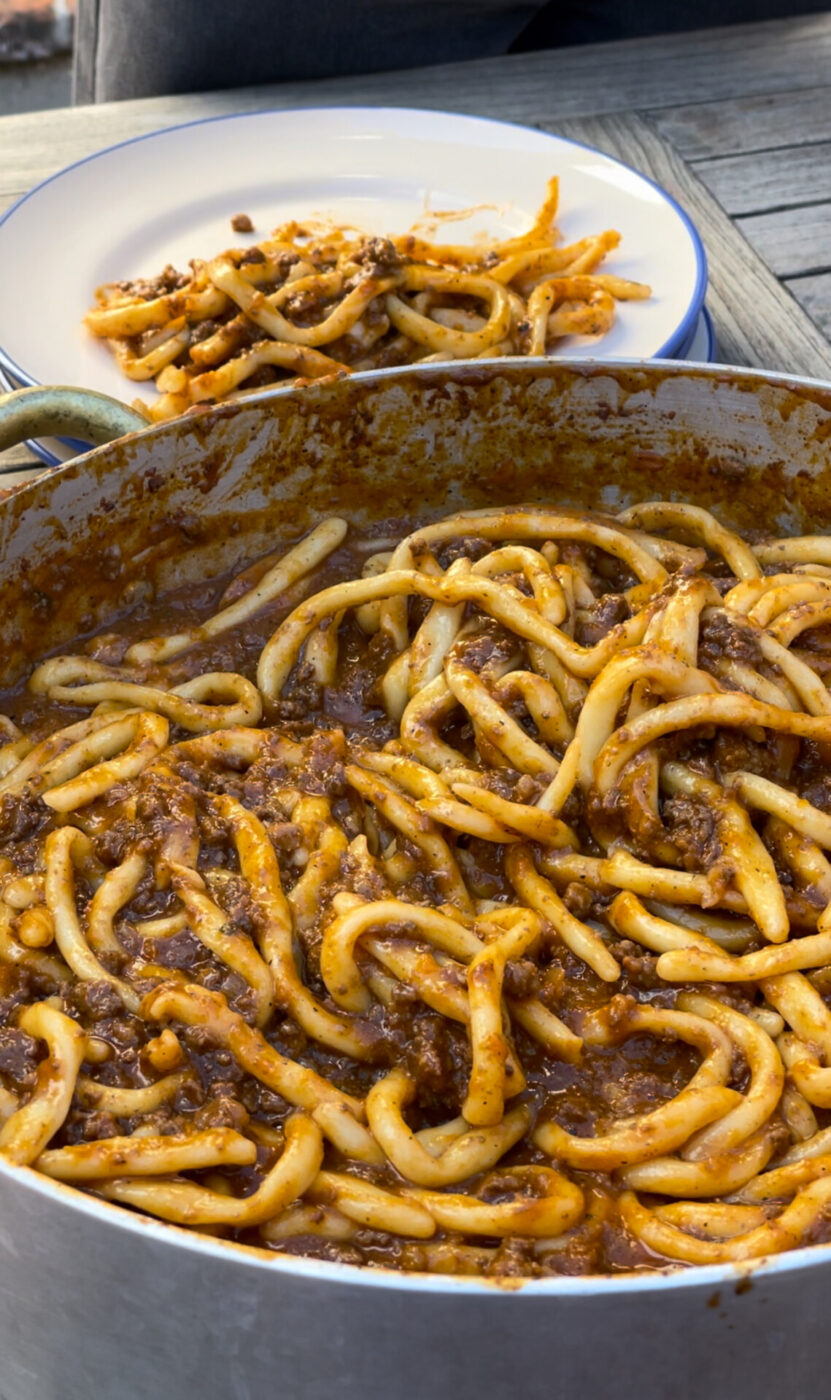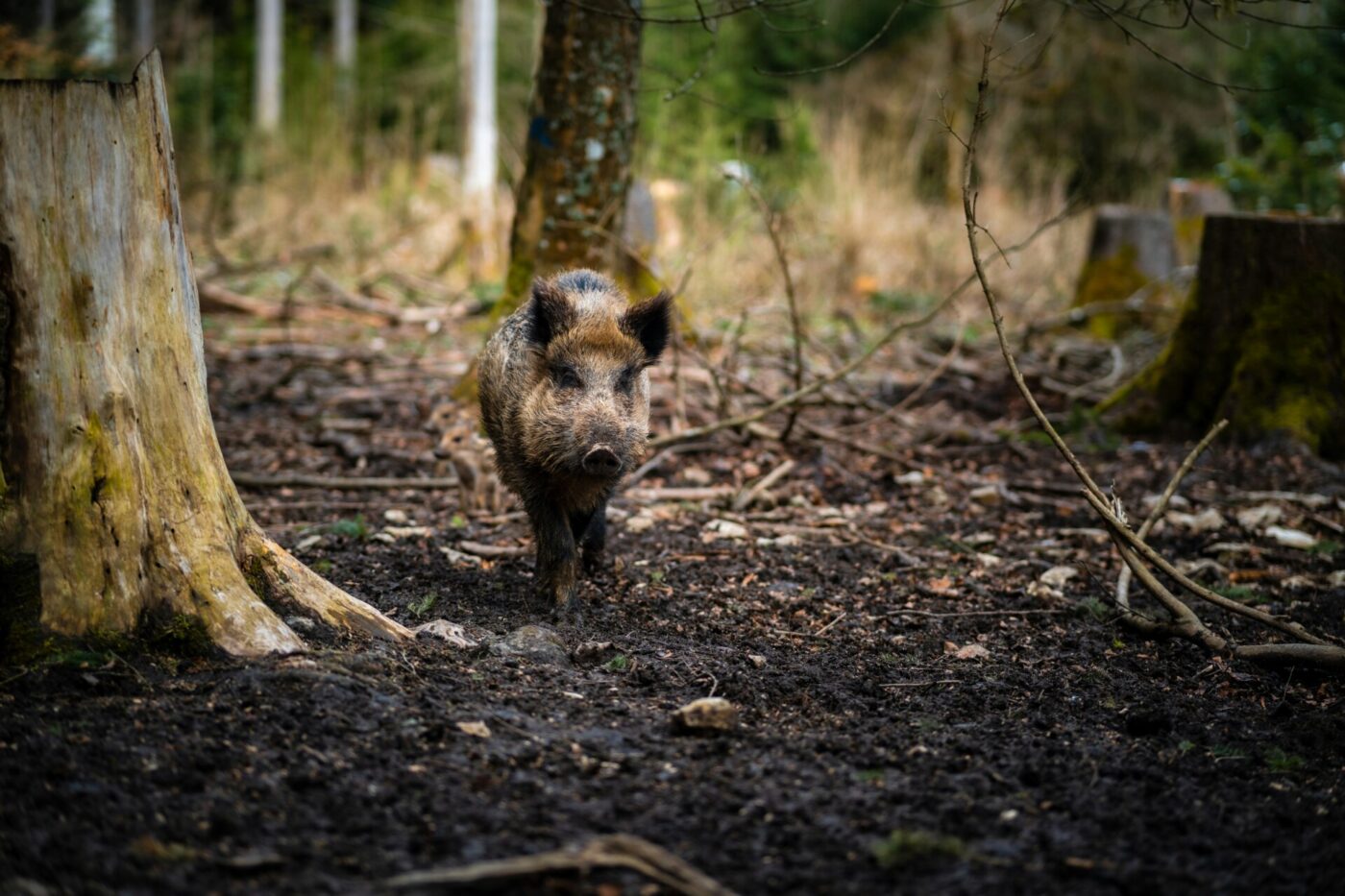Florence’s iconic Loggia del Mercato Nuovo, once a traditional marketplace, is now a jumble of leather handbags on the over-trodden path to the Duomo. But, instead of crowding around the patent leather purses and buckled belts, tourists can be found swarming the market’s mascot: a 1633 brass statue of a wild boar, sculpted by Pietro Tacca and known affectionately as the Porcellino (Piglet). Let Hans Christian Andersen set the scene: “The color has been changed by age to dark green, but clear fresh water pours from the snout, which shines as if it had been polished.” Adhering to legend, centuries worth of hopeful hands have clasped his snout, wishing to return soon to Florence and, over time, polishing it gold.
However, the noble cinghiale is greater than just a symbol of the Mercato–and of Florence for that matter–and has become a motif throughout all Tuscan culture. Wild boar have, after all, dominated the undergrowth of Tuscany and Lazio’s Maremma national park for centuries; in 1300, Dante described the Maremma as an expanse of tangled scrubland occupied by “quelle fiere selvagge” (those wild beasts). Today, this protected area is home to many Italians, but if you’re looking to meet the real locals, go for a drive at dusk; you’ll likely stumble across a sounder of wild boar, usually followed by a neat little train of cinghialini (boarlets).
Wild boar are well-dispersed, however, throughout Italy–even on both islands–thanks to the spine of deciduous forest, their ideal habitat, that runs from Italy’s northernmost regions down to its toes. So why is the cinghiale so emblematic of Tuscan culture? It may have something to do with how well Tuscans know how to prepare them.
Where there are boar, there are hunts: la caccia al cinghiale (the wild boar hunt) is an ancient, bloodsoaked industry in rural Tuscany that carries on today, contributing to the region’s reputation as Italy’s principle hunting destination. So, if you don’t catch sight of cinghiali in the wild, they’re bound to appear on any Tuscan trattoria’s menu as pappardelle al ragù di cinghiale or cinghiale in umido (wild boar stew) or at a dedicated sagra, of which there are more than a few throughout the year. (The obsession also extends beyond Tacca’s statue and Andersen’s fairytale to restaurant names, t-shirts, and cuddly stuffed animals in gift shops.)
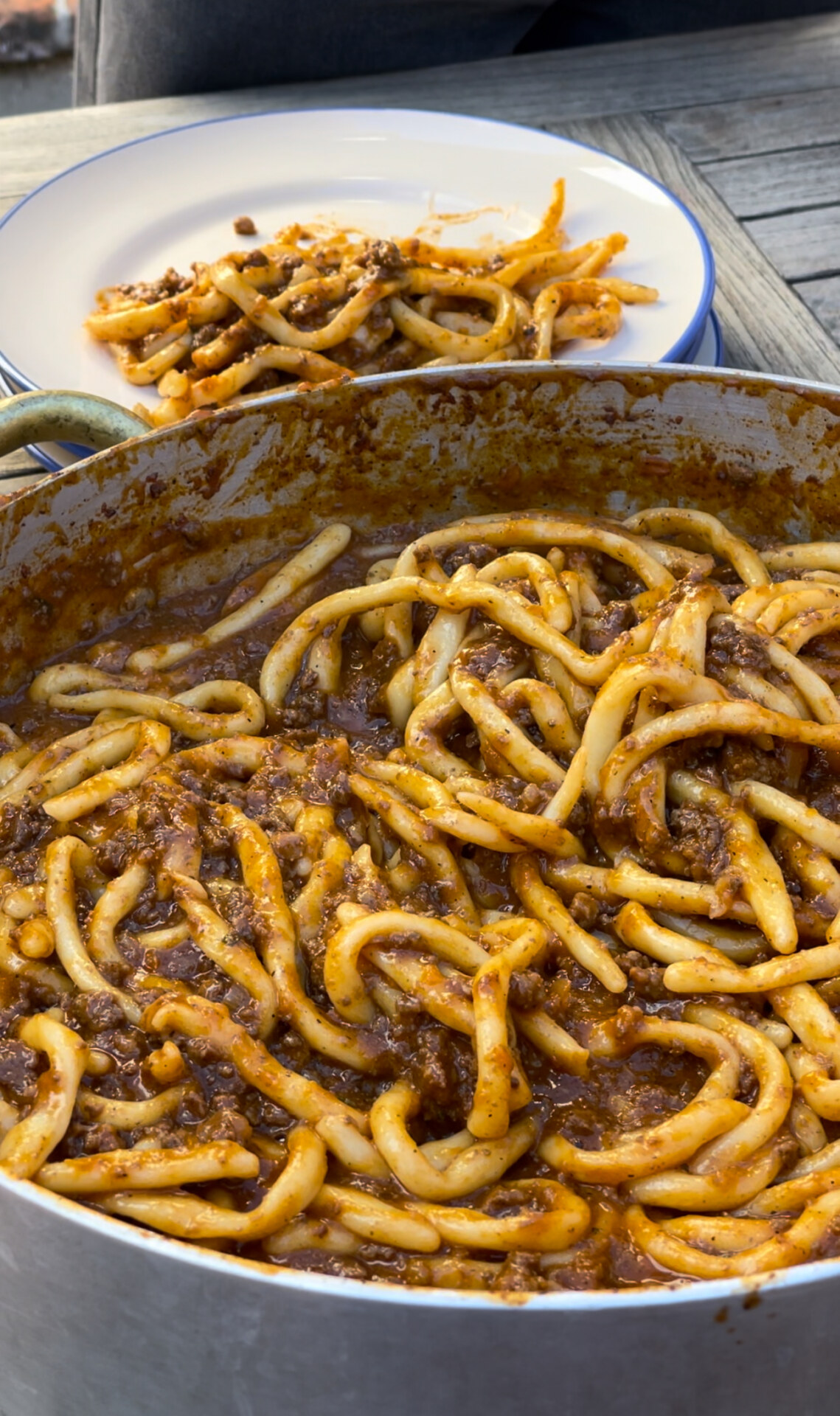
Recently, the relationship between Florentines and cinghiali has grown a little prickly, however, as wild boar populations have risen exponentially. In order to boost the boar-hunting industry, national park authorities introduced a stronger and more “prolific” species of Northern European wild boar from the 1950s until 2010, when they realized population numbers had gotten out of hand. These sows can give birth to a dozen boarlets every six months, which grow to be strong and, often, dangerous as adult boar can weigh up to 200kg and stand up to a meter tall. Boar cause over 2,000 car accidents a year and some direct injuries–although deaths from hunters during the boar hunt are more common.
Today, there are believed to be around 150,000 wild boar in Tuscany alone, while the population of their only animal predator, the wolf, is just an estimated 530. Wolves no longer stand a chance against the boar’s new safety-in-numbers defense strategy; where cinghiali previously roamed in small family units, they now gather in herds of intimidating numbers. These wild boar can rightfully be considered the locals of Italy’s national parks, the “kings of the Italian jungle” as it were, but they are starting to make themselves at home in urban spaces too.
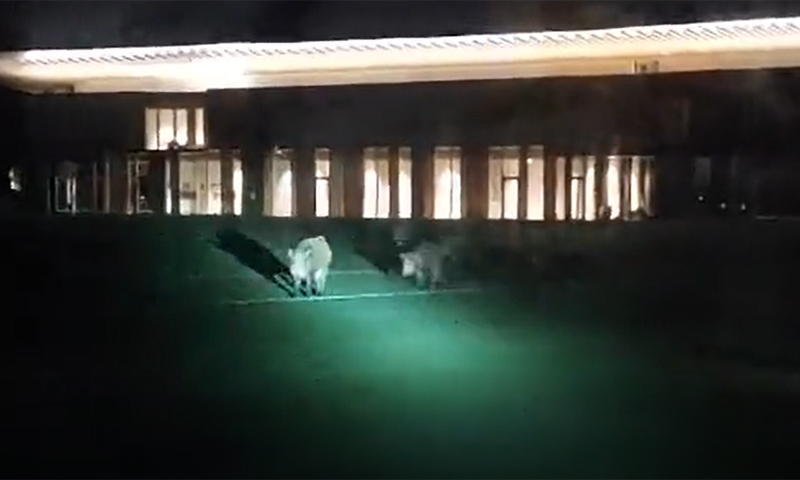
Security camera footage of cinghiali invading the ACF Fiorentina Viola Park
In October, 2023, ACF Fiorentina celebrated the grand opening of the Viola Park, a brand-new, 25-hectare training ground located to the east of the city. Just days later, the headlines of Florentine news outlets alerted an “invasion” of wild boar on the state-of-the-art complex. This is a pattern that has been repeating itself throughout Italy: the boar are sniffing around children’s playgrounds in Rome, wreaking havoc on drivers when they cross roads, and destroying crops across the boot, which costs the Italian government up to €22 million in compensation per year.
Like foxes in the UK–which are as banal a sighting as the city pigeons these days–wild boar are scavengers, offering an explanation for why they are homing in on urban centers. When we put the recycling out late at night to save ourselves from an early morning, we actually serve a perfect midnight feast for the local wild boar. Pigs can’t fly, but they are clever; it’s much easier to rummage through a city’s rubbish than find food in the woods.
In order to “protect civilians”, Italy’s Fratelli d’Italia party passed an amendment allowing officials to open fire on the animals spotted in cities. The left-wing and environmentalist alliance Alleanza Verdi e Sinistra has, in response, condemned the new law, as it authorizes the hunting of wild animals in protected areas. The topic is still on the tongues of mayors, politicians, and party leaders, with no clear resolutions in sight.

Photo courtesy of Filip Dabrowski
But the cinghiale have a taste for more than just garbage: winemakers were reporting serious damage to their growing vineyards before the crucial vendemmia, the grape harvest, as the boar love snacking on prized Sangiovese and other grapes. Clearly ones with sophisticated palates, cinghiali have also been known to go after black truffles. While reading this particular story, a ludicrous Orwellian vision of Italian society sprang to mind. In Animal Farm, the pigs overthrow their owner, start sleeping in his bed, and ultimately drain his whisky cellar. Is this what’s next for Florence? A sow enjoying a glass of Chianti or two on the banks of the Arno? A gentle-boar sipping his espresso at the local bar?
Perhaps it is mere retaliation; after all, we humans encroach on the natural world, including cinghiale stomping grounds, immeasurably. Italy is simultaneously one of the most biodiverse and most industrially developed countries in Europe, and it’s this fusion of the natural and the urban that provides Italy with its unmatched variety–but it’s also proving to be detrimental for both parties. Maybe we just need to leave wild boar their space, and they’ll leave us ours.
On the off chance you do run into a cinghiale in città, however, here’s a few pointers to keep in mind for the safety of both you, the boar, and their little offspring:
DON’T run or provoke the boar by throwing things or taking flash photos
DO stay calm and walk away slowly in the opposite direction.
DON’T scream and yell; at most, utter a polite “Buonasera, signore”
DO leave adults with their young alone
DON’T try to stroke the boarlets, as gorgeous and irresistible as they may be
DO help to keep cities clean
DON’T leave rubbish outside the house at night. Go on, set that alarm for collection mornings


